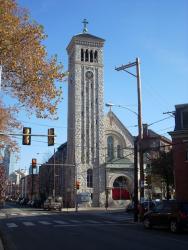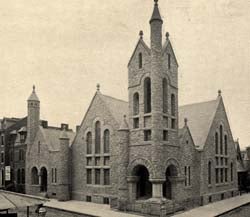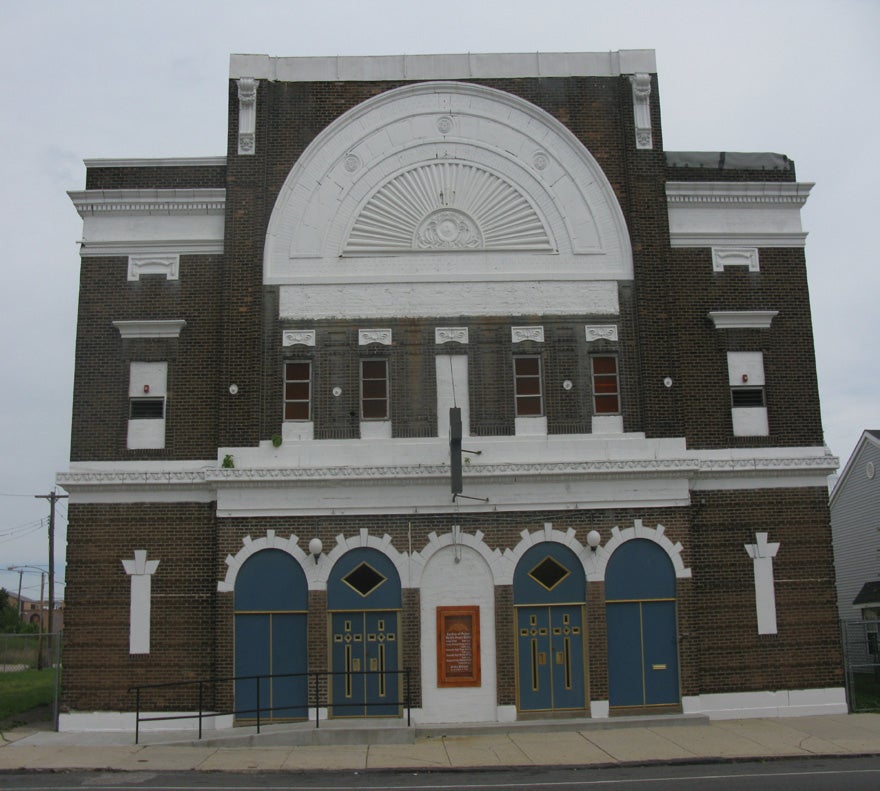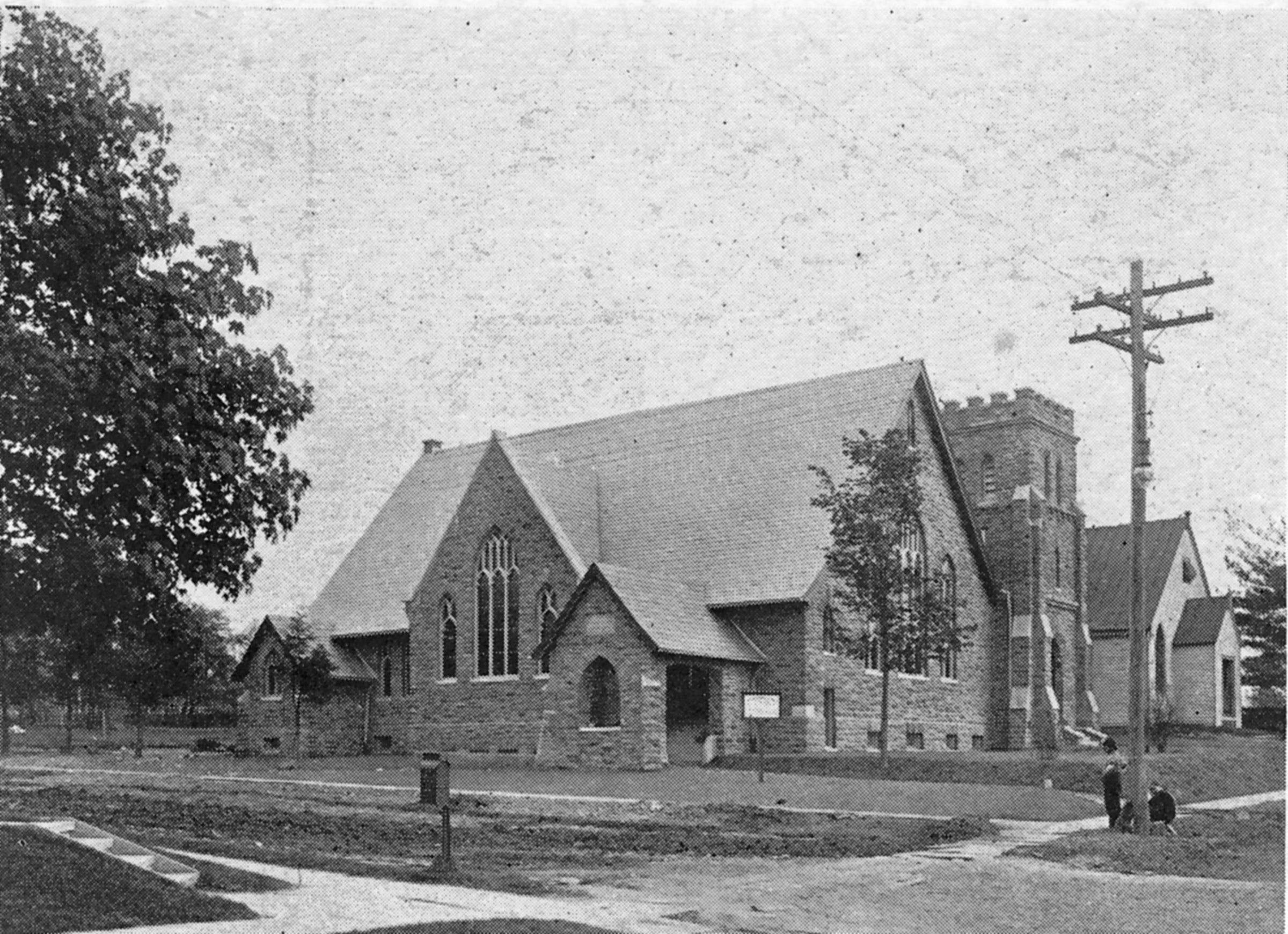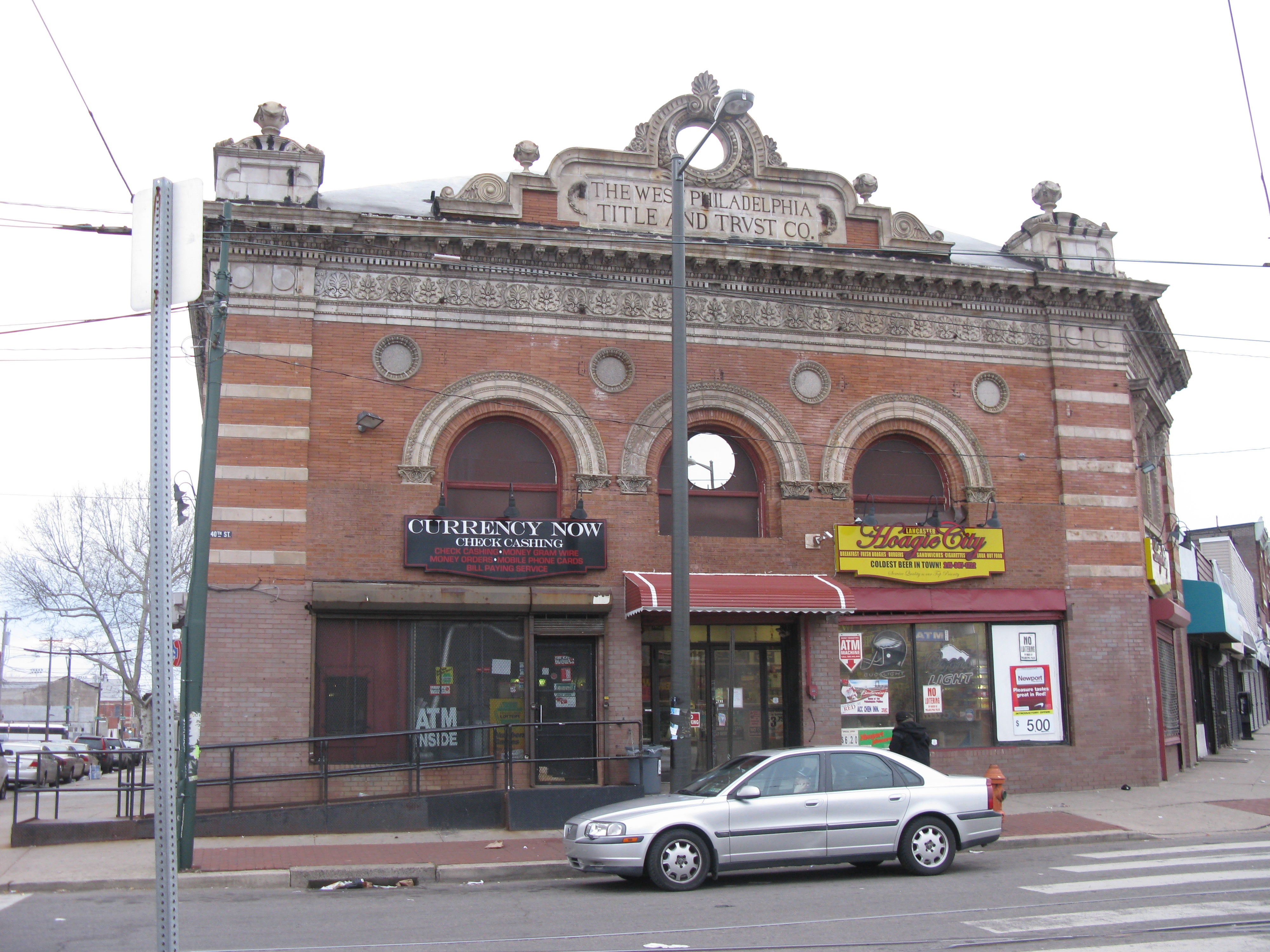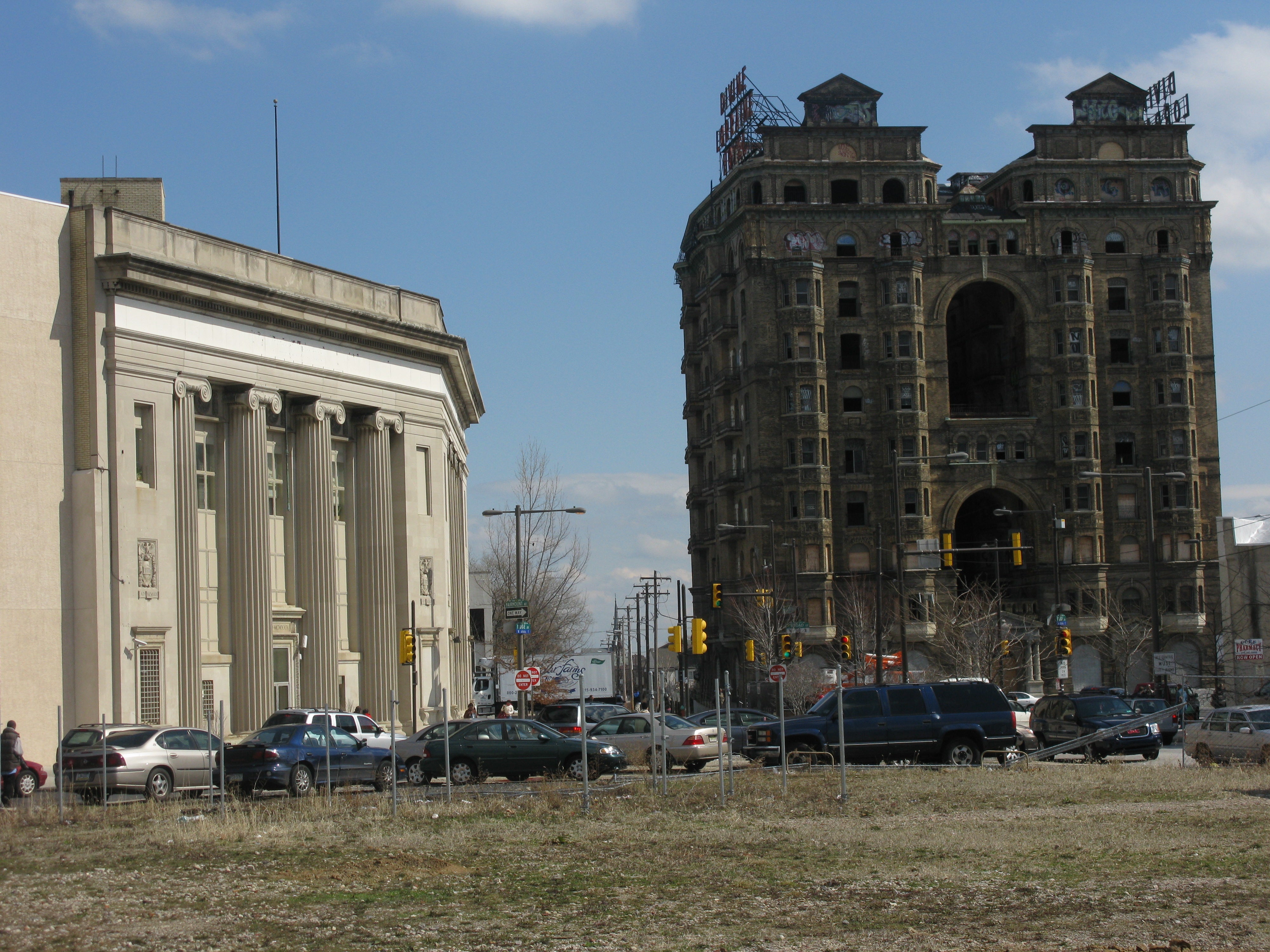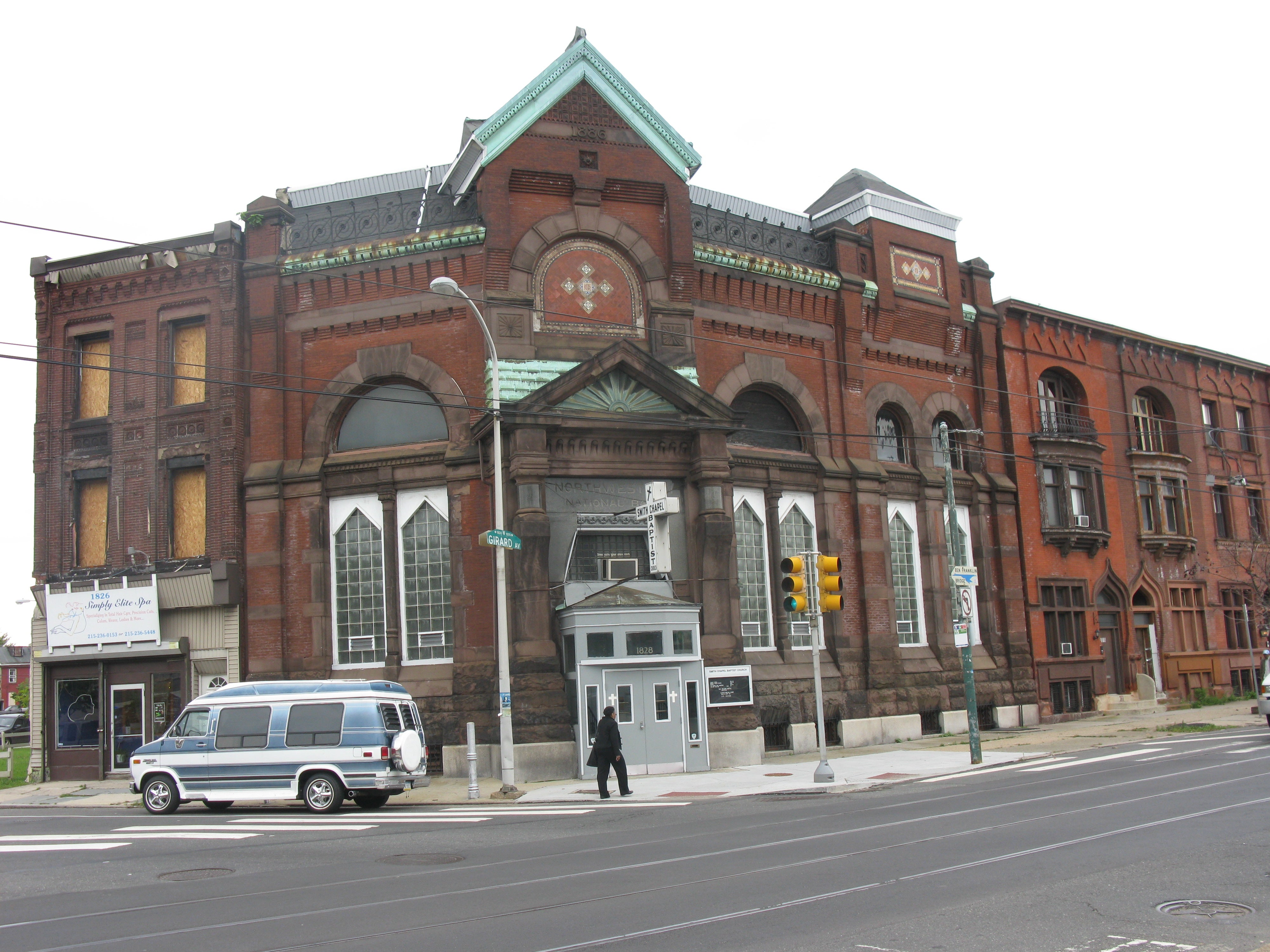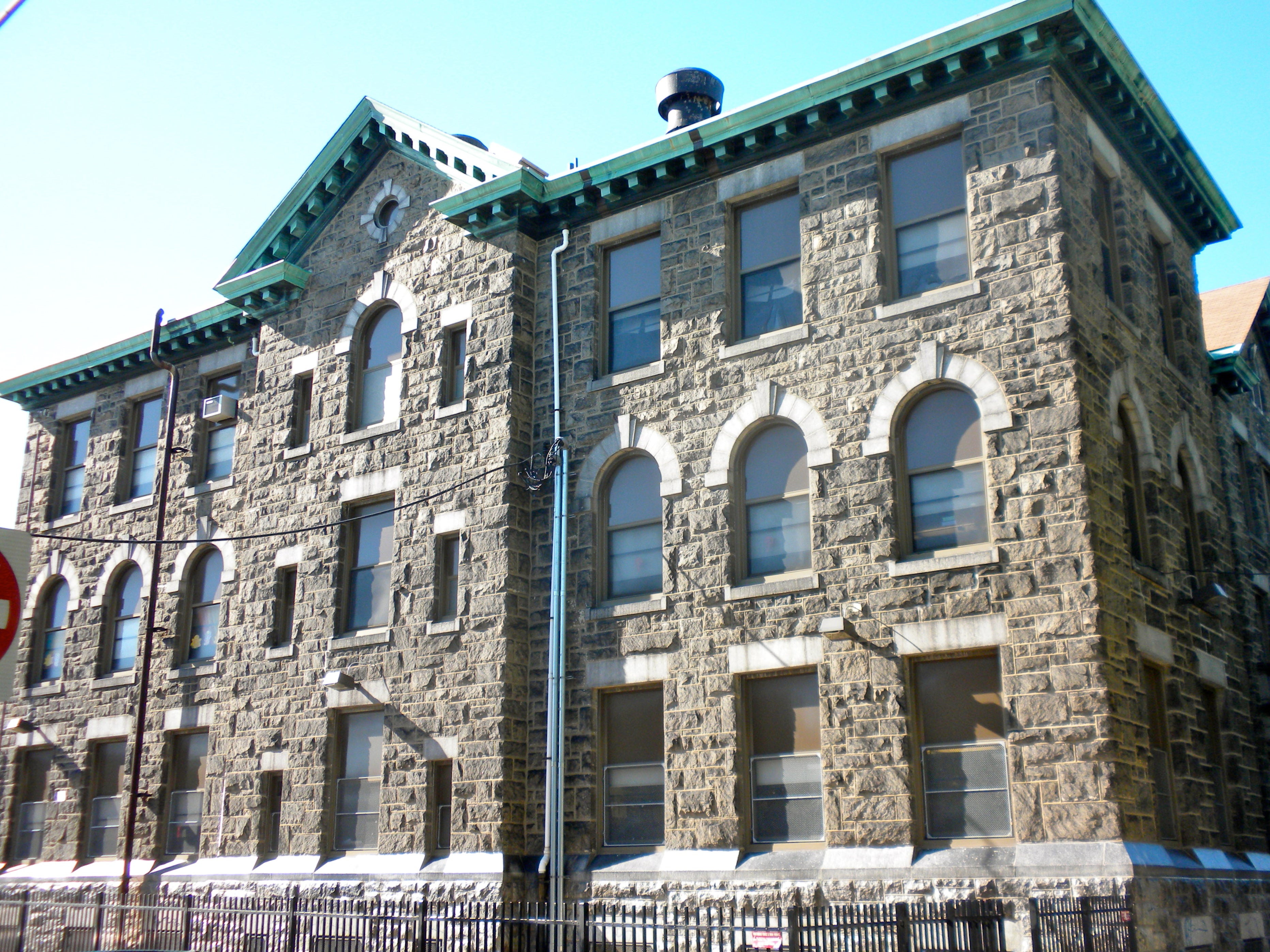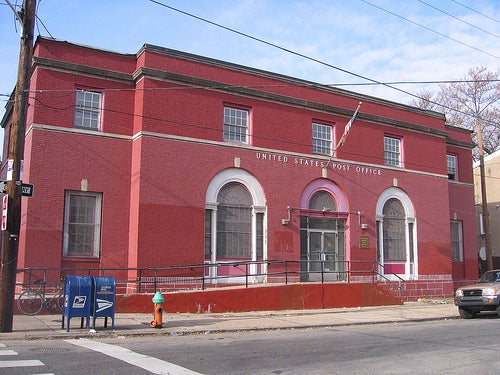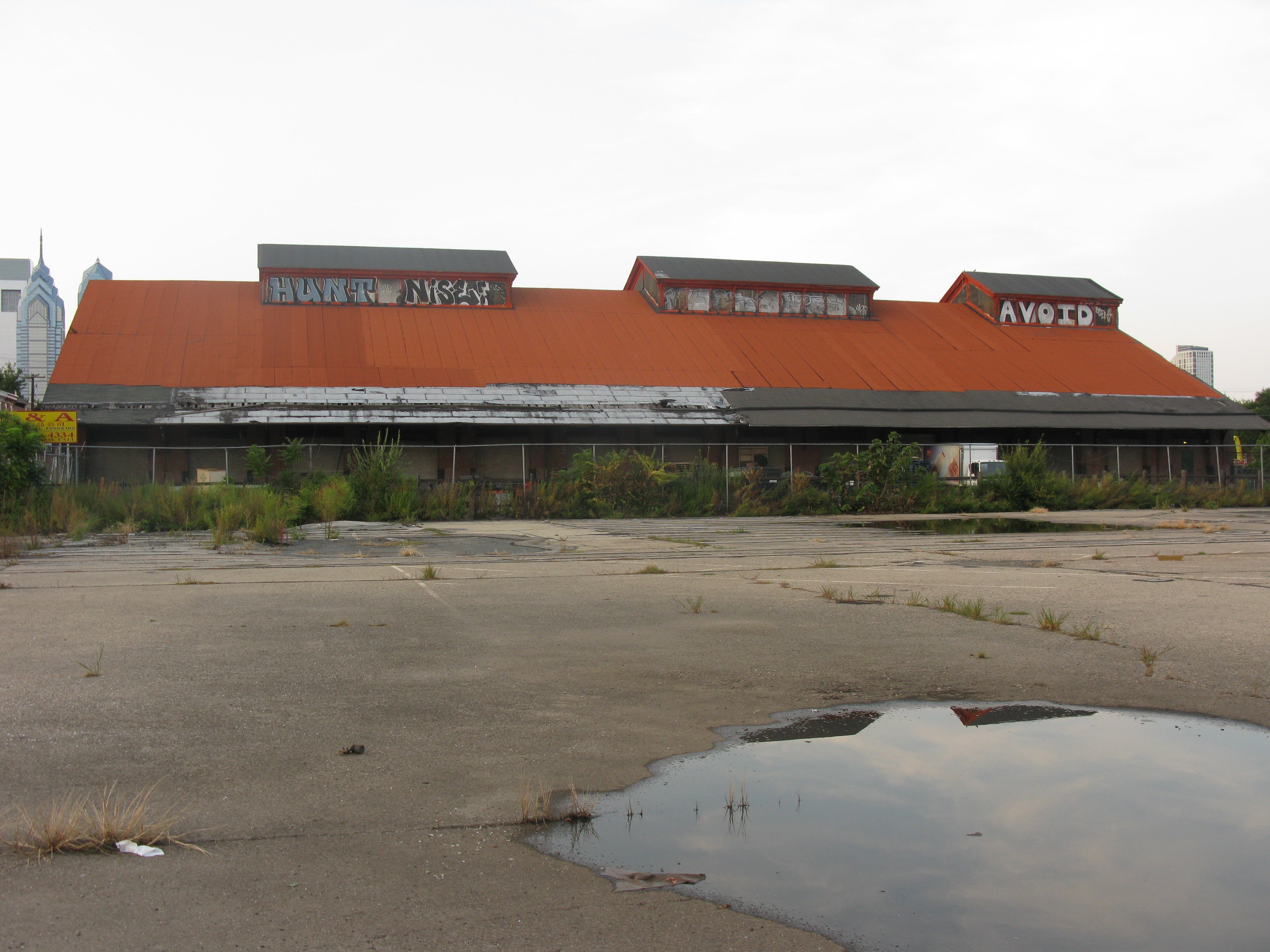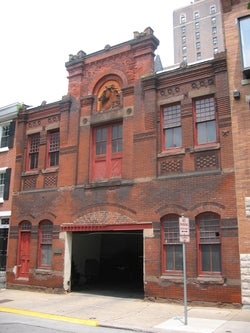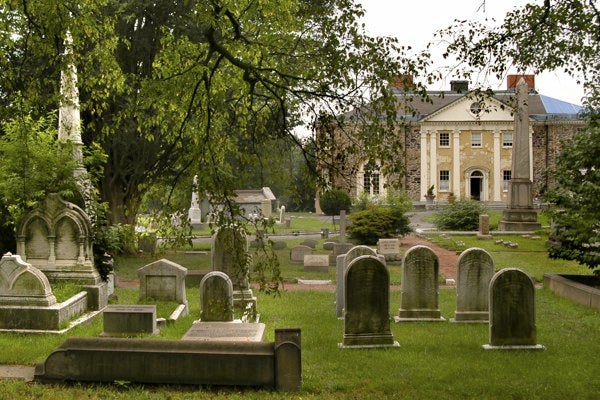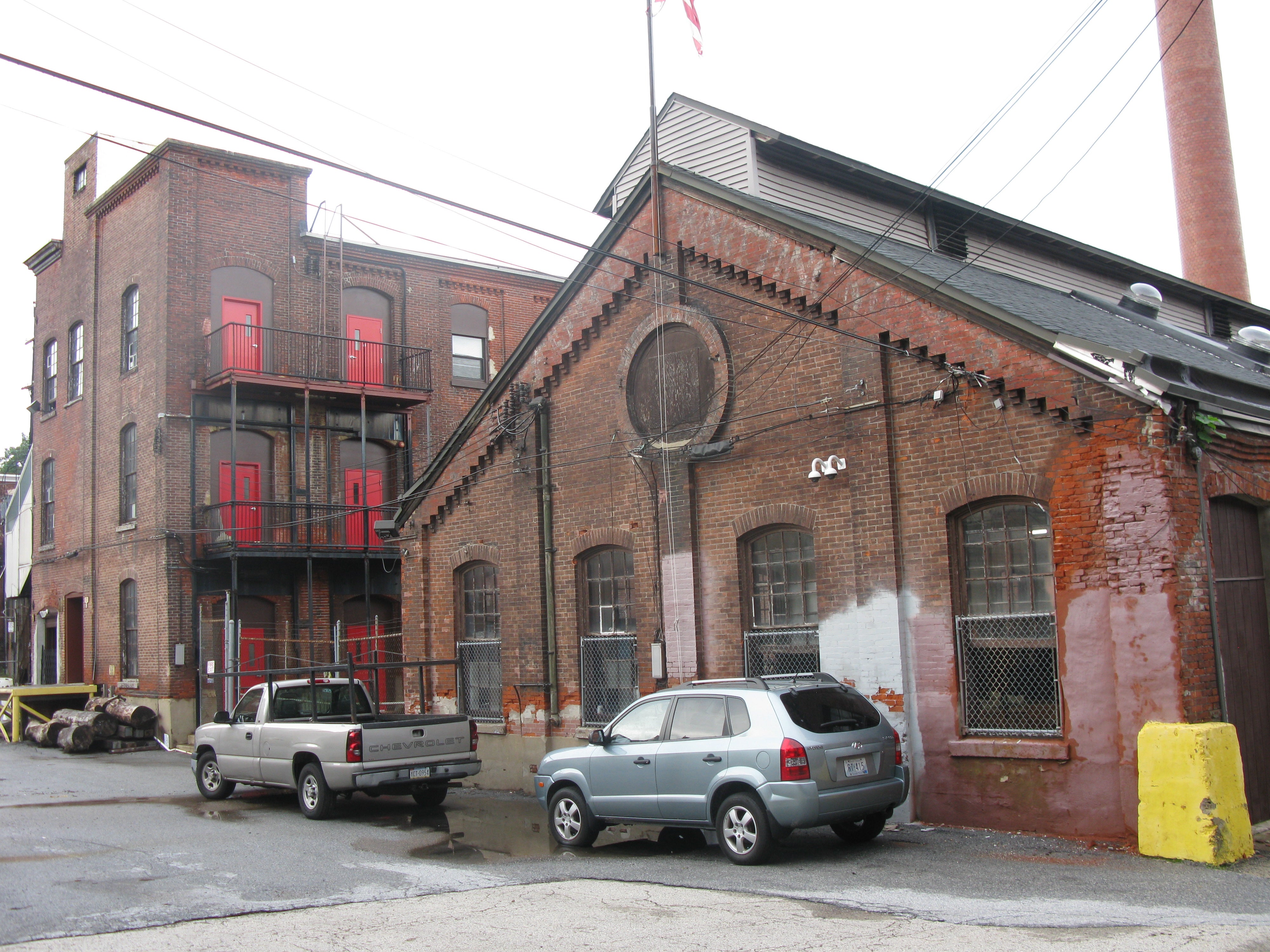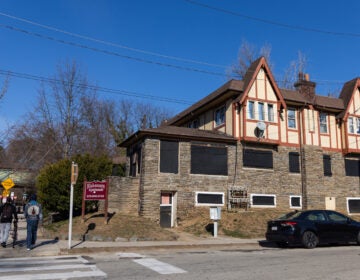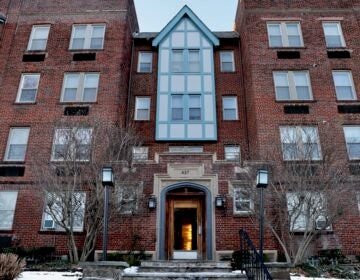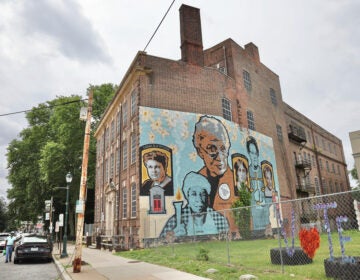Preservation group issues SOS for 20 sites
When old buildings start to fall through the cracks, Save Our Sites is there to catch them.
The organization issues an SOS each year for structures that other preservation groups, and the public in general, may overlook but that are still an important part of the architectural and historic fabric of Philadelphia. “We view ourselves as urban preservationists, not just historic preservationists,” co-founder David Traub likes to say of the organization.
“We want to preserve Philadelphia as a traditional city, as opposed to Los Angeles and Phoenix. This is still a city that has a downtown,” said Traub, who comes from Louisville, Ky., a city with no central business district. “A lot of Philadelphians take their downtown for granted.”
For its 2011 List of Endangered Sites, SOS looked to Philadelphia’s downtown, but also to its North, West and South, to East Oak Lane, Germantown and Fairmount Park.
The buildings it has spotlighted are not confronted with imminent danger of collapse or demolition, Traub said. “But they are not maintained, which makes them vulnerable. Once they are designated for demolition, it’s very difficult to stop it. It takes great cost and effort. It’s better to place value on our urban fabric before it is threatened.”
The organization’s “thrust is to celebrate the uncelebrated, the unvisited,” he said.
Godforsaken sites
Four of the 20 buildings on the SOS list are houses of worship. Over the past year, several church buildings on the periphery of the city have been demolished, including the Monastery of St. Clare and its Romanesque chapel on Girard Avenue at Corinthian Street in Francisville, Traub noted. “Throughout the city, there are many empty church buildings, or buildings about to be abandoned.”
St. Matthew Baptist Church, 2319 Fitzwater St., is a beautiful building in a burgeoning neighborhood, Traub said. Erected in 1892 and formerly a Catholic church, its current Baptist congregation wants to sell the building. “We’re fearful that if it is purchased, the owner will be tempted to demolish and use the site for housing. It’s in a key location across from the Toll Brothers’ successful Naval Home development. It’s very vulnerable,” said Traub, who suggested that the church’s Romanesque granite tower should be saved and illuminated as a neighborhood landmark.
In North Philadelphia, SOS noted two endangered churches. The Macedonia Free Will Baptist Church, 2036 Cecil B. Moore Ave., was completed in 1893 and contains Tiffany stained-glass windows. The building is not maintained by the group that rents the property and is in a serious state of disrepair, according to SOS.
The Reformed Episcopal Church, 2229 N. 29th St., was built in 1916 with unique architectural features, including an immense stone fanlight on the façade. The building has been altered with inappropriate styled doors and its windows have been boarded. The church faces serious neglect in a struggling area of the city, SOS explains.
The Oak Lane Reform Church, West 66th Ave. and North 7th St., was built in 1905 of stone salvaged from the Fifth Street Reservoir. The only remaining building of the original church complex is the Gothic-style sanctuary. The building is now neglected and in very poor condition, SOS reports.
Strategic sites
The SOS list also contains three houses of finance. “Going back to the 19th century, banks invested a lot of money and effort to create beautiful buildings at key, strategic locations,” Traub said.
The West Philadelphia Title and Trust Building, 4000 Lancaster Ave., was designed by Walter Smedley in 1897. The brick and terra cotta structure is a “magnificent building,” Traub said, but while new development has occurred closer to the Drexel campus, the Smedley building marks the beginning of a bad stretch of avenue. “It’s a very interesting building, but it’s covered in unfortunate signage and it’s not fulfilling its potential. Renovation of this building could be the start of further development” along western Lancaster Avenue, Traub said.
The PNC Bank, 700 N. Broad St., was designed in 1917 by Philip Merz, of the renowned firm of McKim, Mead & White. It remains a functioning branch bank but is minimally maintained, according to SOS. “It’s across from the Divine Lorraine Hotel, which gets lots of attention” from preservationists, Traub said. “If the bank was renovated and put back to its original condition, it would create a vital, inspiring group of buildings” on that section of North Broad.
The Northwestern National Bank, 1828 W. Girard Ave., was designed in 1886 by Otto Wolf. It is on the Philadelphia Register of Historic Places and is currently used as a Baptist chapel. But the building is in poor condition, “mutilated by placement of glass block in existing windows,” SOS says. The building bookends a row of beautiful brownstones, but the other bookend, the Monastery of St. Clare, has already been lost, Traub added.
Other sites
The SOS list also includes the U.S. Post Office, 900 N. 19th St. in Francisville. Designed in 1936 by Victor D. Abel as part of the Works Progress Administration, the building is badly neglected and in need of overall renovation.
In West Philadelphia, the Victorian house at 3619 Baring St. was built in 1874 for William C. Eliason and was later the residence of the Tetlows, the first producers of talcum powder. The house is on the Philadelphia Register of Historic Places but has been in a state of disrepair, SOS says.
Woodlands Mansion, 4000 Woodland Ave., was built in 1770 and rebuilt in neoclassical style in 1792. The house and surrounding cemetery deserve more public awareness and increased funding for complete restoration, according to SOS.
Belmont Academy Charter School, 907 North 41st St., was built by the Pennsylvania Railroad in 1893 as a YMCA for train conductors. It became a charter school in 1998 but has been “drastically altered over the years with the addition of some rather eccentric features and details,” SOS says.
In South Philadelphia, the Girard Farm House, near 22nd and Ritner Sts., is maintained by the city on a small budget, but the historic site should be brought to “its full potential as an important Philadelphia landmark,” SOS says.
Vare Elementary School, 1621 East Moyamensing Ave., was designed by James Gaw in 1904 and is a model of turn-of-the-century school buildings. It is in good condition, but its mechanical systems are in need of repair.
In East Oak Lane, the Colonial-revival Harry Asbury House, 970 West Cheltenham Ave., was designed by Amos Boyden in 1892. It is now owned by a Korean church but is in extremely poor condition.
In Germantown, the Caroline Elizabeth Cope Farmer’s Cottage in Awbury Arboretum was built in 1793. The building is owned by New Covenant Church, but Awbury Arboretum is trying to purchase the property because it is neglected and in very poor condition, SOS reports.
The 19th-century industrial buildings at Wayne Junction are mostly in deteriorated condition but have great potential as residential structures, SOS says.
In Center City, the former horse stable at 2023 Rittenhouse Square Street is now used as a car garage and is in deplorable condition, SOS says.
The east end of Irving Street in Washington Square West is threatened by privatization by adjacent neighbors, which SOS opposes.
The buildings of the Philadelphia, Wilmington & Baltimore Railroad, South 15th and Carpenter Sts., were constructed during the Civil War era as a major military transport center. The remaining structures face demolition by neglect, and should be preserved as landmarks commemorating the Civil War, SOS says.
In Fairmount Park, the Hermitage Mansion, 700 Hermit Lane, was built in 1848. Fairmount Park Commission is currently repairing parts of the mansion, but because it is “hidden away in Wissahickon Valley and is relatively unknown and uncelebrated, we have placed it on our endangered list,” SOS explains.
Contact the writer at ajaffe@planphilly.com.
WHYY is your source for fact-based, in-depth journalism and information. As a nonprofit organization, we rely on financial support from readers like you. Please give today.



